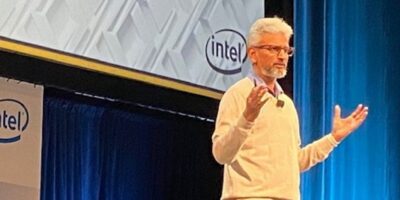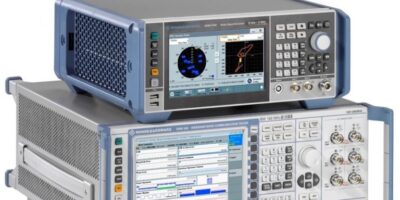Extending the power amplifiers available from Skyworks, the company has announced the SKY66318-11 high-efficiency power amplifier for infrastructure and small cell applications.
The power amplifier targets the stringent requirements of enterprise small cell applications with wide instantaneous bandwidth (100MHz) and it is fully I/O matched with high gain and efficiency. On-chip active biasing circuitry is also integrated to compensate for power amplifier performance over temperature, voltage, and process variations.
The SKY66318-11 comes in a compact 5.0 x 5.0mm package and operates from a single 5V power supply. It is suitable for use in 4G LTE and 5G NR systems from 3,300 to 3,600MHz.
The SKY66318-11 is also part of major transceiver reference designs. It is part of a high-efficiency, pin-to-pin compatible PA family supporting major 3GPP bands.
Skyworks Solutions says it is empowering the wireless networking revolution, with innovative analogue semiconductors connecting people, places and things spanning a number of applications within the aerospace, automotive, broadband, cellular infrastructure, connected home, industrial, medical, military, smartphone, tablet and wearable markets.
Skyworks has engineering, marketing, operations, sales and support facilities located throughout Asia, Europe and North America.







